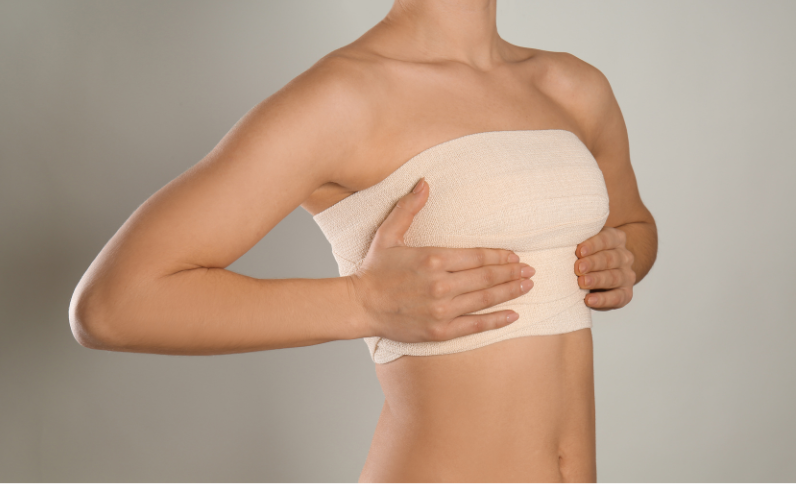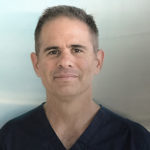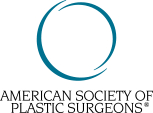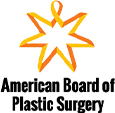
Posted by Laurence Weider on June 29, 2023
Breast augmentation can be a transformative procedure that can enhance one’s self-confidence and body image. The recovery is generally straightforward and patients often tell us that it is easier than they anticipated. Nonetheless, a successful outcome depends not only on the surgical procedure but also on the recovery process. In this blog, we will discuss the essential aspects of recovery after breast augmentation, providing insights, tips, and suggestions for a smooth healing process.
1. The Initial Postoperative Period:
Following breast augmentation surgery, it is common to experience some swelling and occasionally some bruising as well as some tightness and discomfort in the chest area. The amount of tightness and discomfort will depend on the tightness or laxity of your skin, the size of implants used as well as your individual pain tolerance. Everyone responds a little differently. We provide each patient with instructions for the initial recovery period, but here are a few general tips to aide in the initial stages of recovery:
a. Take prescribed medications: We will prescribe each patient with pain medications, medication for muscle spasms and a brief course of antibiotics. Follow the prescribed dosage and schedule to manage pain and help prevent infection.
b. Avoid Strenuous Activity: Allow your body to heal by getting plenty of rest. Avoid strenuous activities, lifting heavy objects, or engaging in vigorous exercise during the initial weeks. It is ok to use your arms but be slow and deliberate when reaching up high or behind you. This will help to prevent muscle spasms which can be very unpleasant. Although we want you to avoid strenuous activity, we do want you to get up and walk around. This will help to prevent blood clots and help your breathing as well. If you have questions with regard to when specific activities can be resumed, these will be addressed during your early follow up visits.
c. Wear supportive garments: We will ask you to wear the surgical bra that is placed at the time of surgery for the first few days. After that, you can transition into a sports bra that is supportive but not too compressive. This will provide stability and help to minimize swelling. It is important to wear a supportive bra that doesn’t have an underwire all the time including while sleeping for at least the first six weeks after surgery. After six weeks you can wear an underwire bra if you wish to, but it still best to wear a bra as much as possible in order to maintain your results for as long as possible.
2. Managing Discomfort and Swelling:
Swelling is a natural part of the healing process after breast augmentation. Here are a few suggestions to alleviate discomfort and reduce swelling:
a. Cold compresses: While it isn’t absolutely necessary, if it provides relief you can apply ice packs or frozen gel packs intermittently for the first two days after surgery.
b. Take it easy: Avoid activities that can elevate your heart rate or strain your chest muscles. In general, you can slowly reintroduce light physical activities, and we will give you guidance as to the resumption of any specific activities during your early follow up visits.
c. Elevate your upper body: Either sleep in a recliner or use extra pillows to prop yourself up while sleeping for the first few days. This will aide in reducing swelling and discomfort.
3. Incision Care and Scar Management:
Proper care of your incisions is vital for optimal healing and minimizing the appearance of scars. We will provide detailed instructions, but here are a few general tips:
a. Unless you are allergic to skin adhesives, your incisions will be covered by adhesive strips called Steri Strips. These help to keep the incisions clean, and they help with the appearance of the skin closure as well. Leave the Steri Strips in place until they are removed in the office or until you are instructed to remove them by my office staff. In general, breast augmentation patients can shower the day after surgery, but you should avoid submerging the incisions under water until the incisions are fully healed. This usually takes a few weeks.
b. Apply scar treatment: Once your incisions have healed, my staff or I will recommend scar treatment options, such as silicone sheets or gels and Vitamin E oil to promote smoother, less visible scars.
c. Protect your incisions from the sun: Sun exposure can cause scars to darken or become more noticeable. Shield your incisions from direct sunlight and use sunscreen with a high SPF for three months.
4. Breast Massage:
a. If we feel that you would benefit from breast massage, also called breast displacement exercises, we will instruct you how to do them at an early post-operative visit. In addition, if a breast band, sometimes called a bandeau, will be beneficial, one will be provided for you.
5. Emotional Well-being and support:
a. Communicate with your support system: Share your feelings, concerns, and progress with trusted friends or family members who can provide understanding and encouragement. In addition, let our staff know about any concerns you have about the progression of the healing process.
b. Practice self-care: Engage in non-strenuous activities that bring you joy and relaxation, such as reading, listening to music, meditating, or taking gentle walks in nature.
c. Follow up with your surgeon: Attend scheduled follow-up appointments to address any questions or concerns and to ensure that your healing progress is on track.
In summary, recovery after breast augmentation is a unique journey for each individual. By following our instructions, taking care of yourself physically and emotionally, and allowing ample time for healing, you can increase the chances of a successful and satisfying outcome. It is beneficial to embrace the process and be patient as it takes a few months to achieve your final result. Remember that proper recovery is an integral part of your breast augmentation experience, but with proper care and support, your transformation will be achieved before long.
All the best,
Laurence Weider, MD, PA
Dr. Weider, a native of Southern California, is a Board-Certified Plastic Surgeon who has maintained a private practice in Dallas, TX since 1999. After attending Stanford University, he obtained his medical degree (M.D.) from Baylor College of Medicine in Houston. He then completed a one year surgical internship in Los Angeles at Harbor-UCLA Medical Center, followed by a four year general surgery residency in Dallas at Methodist Medical Center, and a two year plastic surgery fellowship in Cleveland at Case Western Reserve University.







